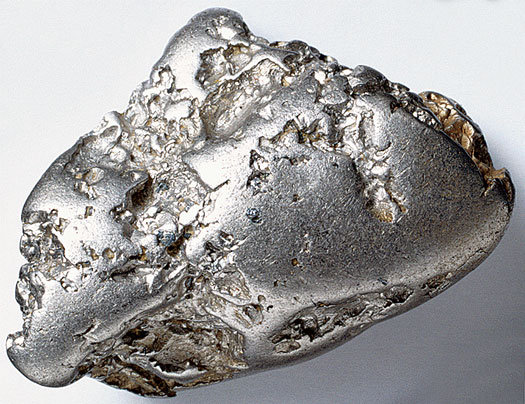Rare earth elements (REEs) have become essential components in various industries, from electronics and renewable energy to defense and healthcare. However, the process of mining these valuable minerals comes at a significant cost to the environment. In this article, we will delve into the detrimental effects of rare earth mining and shed light on the hidden dangers that often go unnoticed.
- Ecological Disruption:
Rare earth mining involves extensive excavation and extraction processes, leading to the destruction of natural habitats and ecosystems. The removal of topsoil and vegetation disrupts the delicate balance of local flora and fauna, causing irreversible damage to biodiversity. This disruption can have cascading effects on the entire ecosystem, impacting species survival and ecological stability. - Water Contamination:
One of the most concerning aspects of rare earth mining is the contamination of water sources. The extraction process requires the use of large amounts of water, which often becomes contaminated with harmful chemicals and radioactive materials. These pollutants can seep into groundwater and nearby rivers, posing serious health risks to both humans and wildlife. The long-term consequences of water contamination can be devastating for communities that rely on these water sources for drinking, agriculture, and other essential needs. - Air Pollution:
Rare earth mining also contributes to air pollution through various stages of the process. Dust and particulate matter generated during excavation and transportation can lead to respiratory problems and other health issues for nearby communities. Additionally, the refining and processing of rare earth minerals release toxic gases and emissions, including sulfur dioxide and nitrogen oxide, which contribute to air pollution and climate change. - Radioactive Waste:
Certain rare earth elements, such as thorium and uranium, are naturally radioactive. During the mining and refining process, these radioactive elements can be released into the environment, posing significant health risks. Radioactive waste from rare earth mining requires careful management and disposal to prevent long-term contamination and potential radiation exposure. - Social Implications:
Rare earth mining often occurs in developing countries with lax regulations and inadequate safety measures. This can lead to exploitative labor practices, unsafe working conditions, and human rights violations. The communities living near mining sites may suffer from displacement, loss of livelihoods, and adverse health effects, further exacerbating social inequalities.
Conclusion:
While rare earth elements play a crucial role in advancing technology and innovation, it is essential to acknowledge the environmental and social costs associated with their extraction. The negative impacts of rare earth mining, including ecological disruption, water contamination, air pollution, radioactive waste, and social implications, cannot be ignored. As we move forward, it is imperative to prioritize sustainable mining practices, invest in research for alternative materials, and promote responsible consumption to mitigate the adverse effects of rare earth mining on our planet and its inhabitants.


